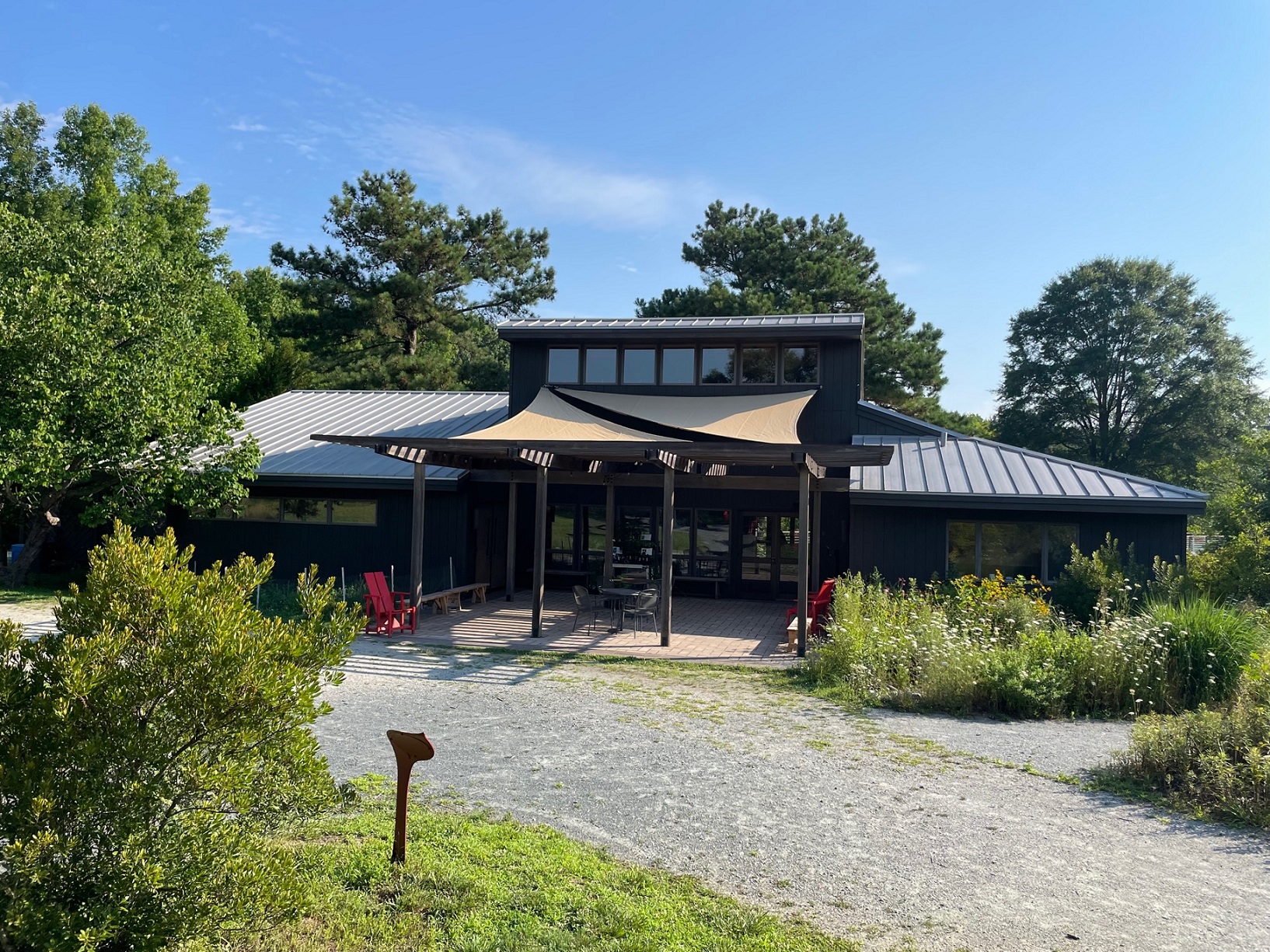Happy Mystery Monday! Can you guess what is pictured below?

The answer to last week’s mystery is the tulip poplar, Liriodendron tulipfera, pictured below:

The tulip poplar is a large, native, deciduous tree that can grow 90–120′ tall. Its attractive tulip-like flowers give the tulip poplar its common name. Although not a member of the poplar genus, its characteristics are similar to poplar. It is actually a member of the magnolia family.
In the winter cone-like seed clusters sit upright on the branches. The seeds are called samaras, or helicopters. The individual, winged samaras can be scattered by the wind to distances equal to four or five times the height of a tree. Tulip poplar is a prolific seeder. A seed fall of 300,000 to 600,000/acre is not uncommon. Tulip poplar seeds retain their viability on the forest floor from 4–7 years.
Tulip poplars are a favorite nesting tree for birds, and they are an attractive species to butterflies and hummingbirds.
The tulip poplar leaf is the logo for Adkins Arboretum.
Mystery Monday is sponsored by the Spy Newspapers and Adkins Arboretum.



Write a Letter to the Editor on this Article
We encourage readers to offer their point of view on this article by submitting the following form. Editing is sometimes necessary and is done at the discretion of the editorial staff.